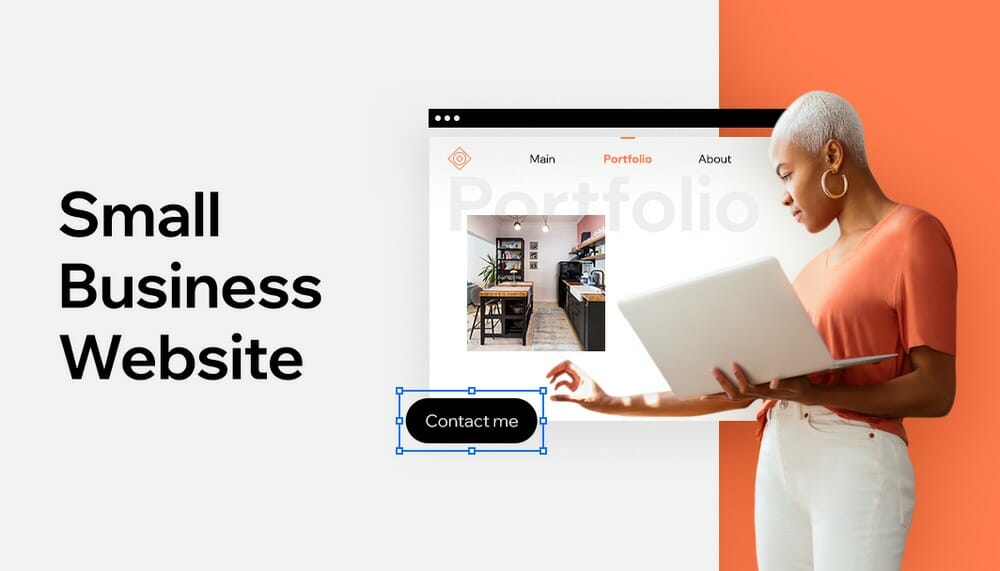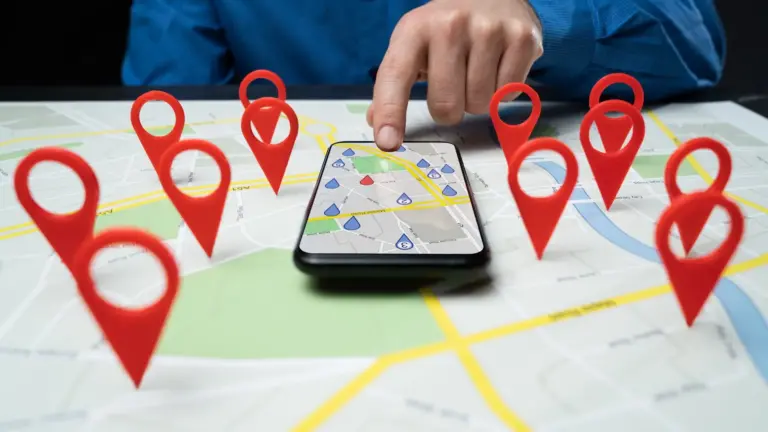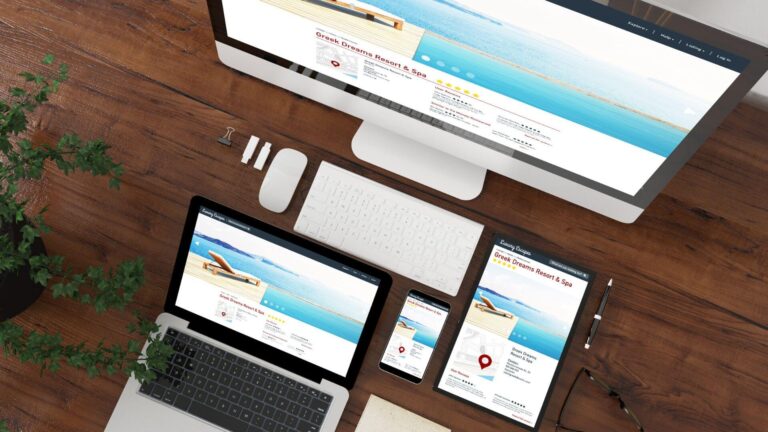While you may want to hire a website designer or developer down the road, it can be an expensive investment. Whether you are just starting your business, or on a tight budget, DIYing your website is a great solution. You may be wondering; how to DIY your small business website?
Follow this process to create your small business website.
Content Contributors Wanted!
Contribute to this website. We accept unique or repurposed articles.
Click here to learn more and submit your article.
To Start, Choose Your Website Platform
There are a variety of website platforms to choose from. Each platform serves a different need.
Here are three of the most popular website platform:
- Squarespace. Squarespace is a website platform known for its user-friendly interface and modern website design templates. Websites created on Squarespace are built through block-style building (you drag and drop blocks into columns and rows). That might limit you if you want to do any out-of-the-box design.
- Wix. Wix is a platform made for small business owners who want an easy solution. While the website-building process is simple, Wix lacks the functionality and customization you can find on platforms like Squarespace and WordPress.
- Choose Wix if you want to get a basic website up quickly.
- Custom design and animations are limited.
- Self-Hosted WordPress. WordPress is more flexible than Squarespace or Wix. You download the WordPress software and install it on your web server. It may require a bit more technical knowledge… but ultimately WordPress allows more flexibility.
Before you choose your website platform, think about your website goals in the short and long term. Do you want an easy-to-update website? Squarespace and Wix might be the best options. Will you want a more customized design down the line? Then WordPress might be the best solution for your business.
Start Creating Your Website
Once you choose a platform, take these steps to create your website. These, steps will assist you on how to DIY your small business website when it comes to creating it.
- Decide which pages you want to have on your website. Start by listing the pages you’ll want on your website. You can have a single landing page, or a standard 5-page website.
- Home. This page should give visitors a clear idea of what you do and how you can help them.
- About. Show your business’s story. Talk about how your company pursues its mission through photos and words.
- Services or Products. This page will feature ways that customers can buy from your business!
- Blog. A blog can be a place for your business to post news updates, informative articles, or other content for visitors to browse.
- Contact. This page informs customers about how to get in touch with you. If you have a physical location, this page should include your address and a map showing your location.
- Choose a template or theme. The theme or template you use will guide the way your website looks.
- Keep branding consistent. Over time, you want your branding to be recognizable. Choose your website colors and easy-to-read typography before building the website.
Adding Content to Your Website
- Write website copy. What words do you want on the website? The words on your website will be a core part of visitors’ experience with your brand. Here are some top tips to keep in mind when writing your website copy:
- Benefits first. At the top of each page, include a headline with the benefits your customers get when they purchase from your business. Place your benefits “above-the-fold” (Ensure that your benefits are visible before someone starts scrolling).
- Position your business as an authority. Think of your customers as the hero, and your business as the guide who knows the solution to their problems. Write copy with that relationship in mind.
- End every page with a call-to-action (CTA). What do you want visitors to do when they reach the bottom of your page? End each page with a clear, final CTA encouraging them to take the next step.
- Write skimmable website copy. Break text into smaller paragraphs, use columns and bullets.
- Choose high-quality photos. Use high-quality photos to represent your business! You can choose from company photos or stock photos. To keep with visual consistency, try choosing photos that look like they were edited in the same or similar way.
Website Optimization
- Optimize your website for all devices. When you are finished putting together your website, test it on a tablet and mobile device.
Check out: Basic Frequently Asked Search Engine Optimization Questions
Having a website for potential customers to learn about your business is essential in today’s modern world!
Get your company’s story online so that potential customers can search for, learn about, and connect with your business.
I hope this article has given you a head-start on how to DIY your small business website.
Content Contributors Wanted!
Contribute to this website. We accept unique or repurposed articles.
Click here to learn more and submit your article.





1 thought on “How to DIY Your Small Business Website”
For me, WordPress self hosted is the best. Nothing can beat it. I can build any kind of website with WordPress.
Comments are closed.